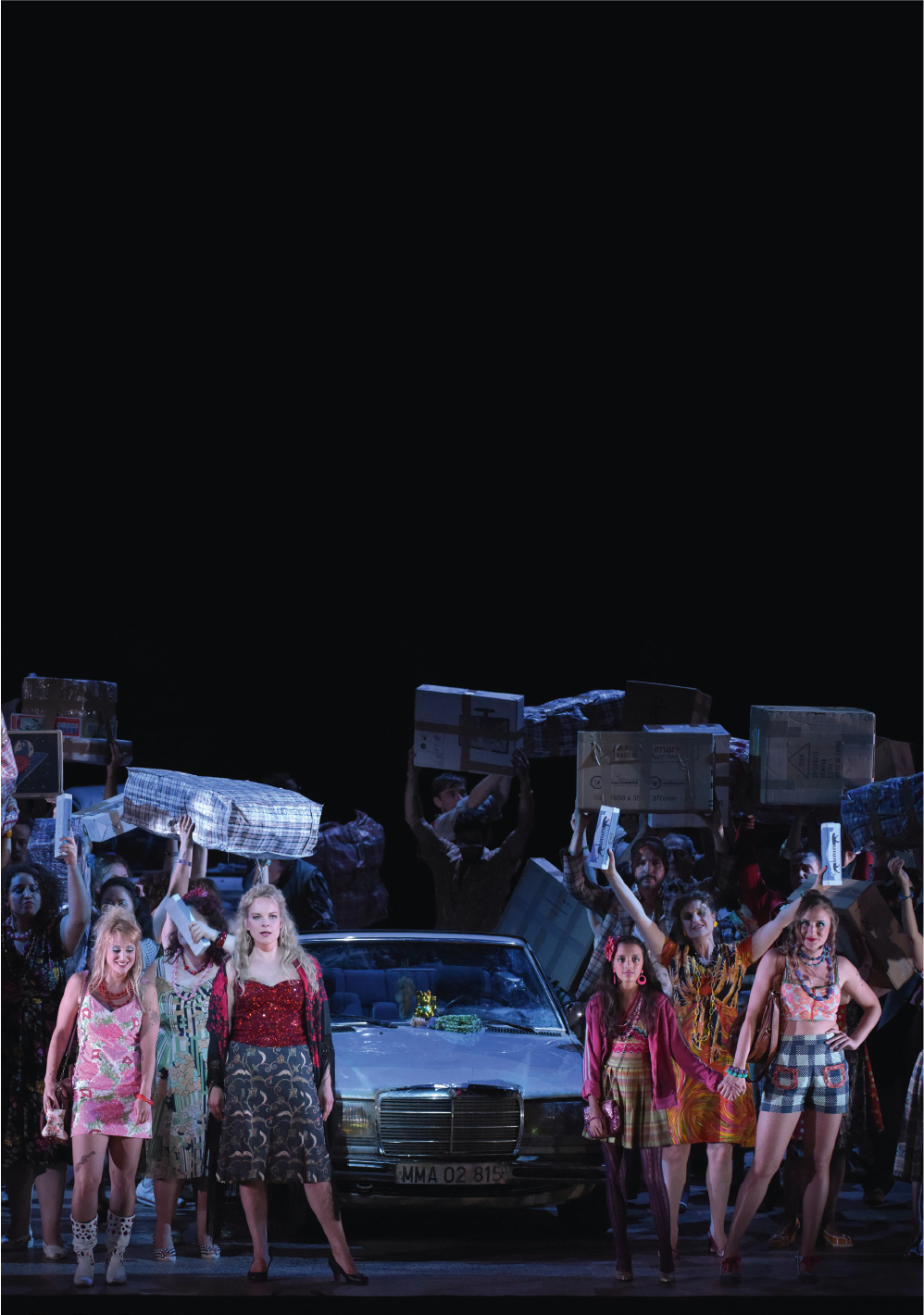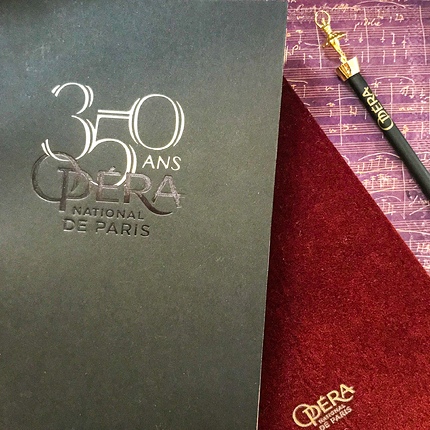He only woke up once that night and had but to turn gently in his sleeping bag onto his other side, searching for a hollow in the ground for his hip, to feel sleep gently stealing over him again. In the time it took his body to sink into heaviness and his thoughts to mist over with the words: “I’m asleep,” he slid into shadows and silence.
A leaden heaviness. Lead seeping through his legs, his arms, his shoulders, he had slept until the dawn light, livid and cold, filtered through the foliage. Between the borrowed blanket, dust-laden and heavy with their coarse wool, it was warm. He had pulled his cap down over his ears and his breath misted up what little of his face was exposed. Under the thin mattress of moss and dead leaves the earth was hard, but he could have remained lying like that for hours, letting the blood and oxygen slowly rinse his muscles of an entire winter of exhaustion. He intended to wait until the sun had risen a little, sniffing the odour of the humus and turning over vague thoughts, when the first sounds of tiffin obliged him to get up. Victuals being provided, he could hardly do less than contribute as far as his means would allow. He stood up, stretched and, breathing deeply, shook his limbs then went and plunged his canteen into the water container. He drank in small gulps, conscious of the cool wave washing through him. He splashed his face with the rest of the water, rubbed his wet hand over his neck, then, with the other one, dried himself roughly.
The fat cook, still tying on his greasy apron, was leaning over the oven in the wagon. He was blowing into it with such energy that his puffed out cheeks obscured his eyes. Suddenly, his face lit up. The fire had taken. One of his aides had started grinding coffee. There was already enough in the sock into which the kettle would be poured for the aroma to reach him, stimulating and warm. The stock of dry branches had greatly diminished since the day before, more would be needed later. He turned up the collar of his great coat, swung his kitbag onto his back and, his hands in his pockets, headed towards the undergrowth.
He would have to walk some distance. The unit had been camping in the clearing for so long that there wasn’t a single twig left anywhere nearby, besides the fact that many of them, disgusted by the stench of the leaves, went to relieve themselves in the bushes. He had taken the main path so as to get away from the area already combed more quickly. The ground was firm, silvered with dew. It had last rained a few days ago, but puddles of water, gleaming in the calm of the night, remained in the hollows. No vehicle had come through here since the day before. In these sombre mirrors, he saw himself pass by with giant strides. Never had he appeared so tall, which increased his good humour. He walked at a good pace.
A detour that led him near the outskirts of the forest, revealed rosy tints in the sky, a few long clouds distinct against the milky sky, the first of the day. He headed towards the north. It occurred to him that it might be time to follow the path on his left and plunge into the undergrowth. Now the earth was soft and crunchy beneath his feet. Gazing around, he searched for dead wood between the ferns and the brambles that sometimes caressed his legs and at others snagged on them. He found nothing but odds and ends, spindly stems not worth bending down to pick up. He needed proper branches, thick and dry, that would blaze well, provide heat and then disintegrate into glowing embers sizzling with the juice of steaks. He could almost smell them and his mouth watered. Decidedly, he had slept well. He thought about the wine. He had got accustomed to the coarse red and now drank his fair share. Sometimes he even bought extra in the mess when he had the opportunity. The same went for tobacco. He took the army issue packet out of his pocket, drew out a cigarette and stopped for a moment to light it.
The bitter smoke took him and with it the sudden feeling of well-being which he wouldn’t have given up for the world. He felt as strong as ever. Perhaps even stronger since he’d been living in the open air. Smoking, he was convinced, inspecting his yellowed fingers, helped him fit in with the others, the simple men around him, manual workers, woodcutters, farmers, carpenters and stone masons. Builders of cathedrals. They needed wood for their steaks.
He spotted a corner where the light barely penetrated. A few uprooted pines, teetering on their shattered stumps or held up by their fellows, were rotting there, beneath festoons of ivy. Underneath, to all evidence, supplies would not be lacking. He took his knife from his bag, pulled out the blade from the handle and cut a switch from a hazelnut bush. He left the path. The sea of bracken opened before him, reaching to mid-thigh, as soft as torn silk. Once he had reached the fallen trees, the silence seemed to him more profound, the air thicker, gloomier. He had no need to put his hand on it to realise that the wood was so dead that seizing it would reduce it to sawdust and spongy debris. The place was unhealthy, a cloud of flies hovered in the gloom, circling over some toadstools. An uncomfortable feeling of anxiety rippled over him. He stepped back.
He was unlikely to come across any wild boar. And then, he thought, it’s at night they furrow through their territory and, in any case, the upheaval that disturbed the area must long since have driven them away to other forests, other swamps. They were scarcely hunted now, not enough men were available for that. They were prospering elsewhere.
The path led him northwards. He could tell by the moss carpeting the sheltered flank of the old oaks. His father had taught him how to take his bearings by observing the trunks of the trees in the Parc Monceau. He could see him now, one hand caressing the furry coat on the bark, with the other, pointing to the facades of the buildings. If one turned towards the side where it flourished, green and curling, one reached the Boulevard Haussmann, La Madeleine, La Concorde and the Seine. On the other side, the ring road, the fortifications, the suburbs, the north. His father was dead, and he, at this moment, was walking towards suburbs of an odd nature.
He loosened his cotton neck-tie. The day promised to be brilliant. High up, the light bore down on the canopy, penetrated it. Patches of sky, of an azure as yet pale, were to be seen between the leaves. A blackbird swooped down onto the path. Its head on one side, its little round eye fixed him for an instant then, like a toy operated by a spring, made three hops in quick succession and flew off, the beating of its wings raising dust and tiny bits of debris. That was like a signal. A sparrow appeared, then another and then yet other birds, little blue tits, with yellow breasts, great tits with heads like jolly pirates. To their flock were added chaffinches, warblers and nuthatches. The air was purple with them. They were in constant movement. Their febrile little bodies were multiplied in an endless toing and froing, the logic of which escaped him. They were life itself. Merely these absurd and needful movements, this dizzying whirlwind of chattering colour. Their dance suffused him along with the spring, the light and the warmth of day.
He applied himself to identifying the birds. These were not early birds. For them too, night had been restorative. They prattled and squabbled with such liveliness that it seemed to him that he was hearing them for the first time. And understanding them, perhaps. Nothing seemed to matter anymore. He sat down, his back against a beech tree and took from his breast pocket a notebook and pencil. He wrote down the name of each creature, the common name, the one he knew, that his father had taught him in the walks of the Parc Monceau and, below, drew horizontal lines in groups of five. Then he traced clefs on them, notes and stems. He transcribed the songs of the birds.
He had just closed the notebook in which he had recorded the little orchestra of the forest when he spotted a newcomer, a bullfinch. It was a large male, a splendid individual, round beneath its black skullcap, smugly confident in its red bib, its plumage as smooth as skin, polished like a pebble. This stalwart citizen of the undergrowth in artist’s attire remained motionless, its beak closed. He had opened the notebook again and was waiting, pencil poised. A moment later, the bird zigzagged away, rebounding off the air, and rose to the top of an oak. The cry it had uttered in its efforts had died too quickly to be transcribed. He was disappointed and considered, almost with rancour, that fragile bit of life that he would have so loved to hold and caress, when a second bullfinch alighted on a branch of the same tree. Then a third, then another and yet one more. And finally a sixth. He had never seen so many together in the same place. Their perch was an old oak tree whose leaves, still pale and tender, were now scant. He could clearly make out the six bullfinches, each on its branch, arranged demurely against a patch of sky. Six rubies in the azure. He drew them on the lines of a stave, exactly as they were placed. He examined his scribblings, made a few amendments, whistled and smiled. He might have got something there, something good, something surprising, a very simple tune, and never heard before.
The birds had flown away during his reverie. All around him, the ground was littered with dead branches, perfectly dry. It was always like that. You went in search of something, you found something else and when what you wanted presented itself, it was no longer of any importance. Where was he now? Never had he strayed so far in the call of duty. Was this forest really so vast? Had he wandered from one wood to another without noticing? Had he really gone so far? He must have gone round in circles. The trees all looked the same, and in the undergrowth, without sun or shadows, where anything straight pointed up to the sky, and anything curved crept and hung down towards the earth, no landmark remained in one’s memory. He no longer thought about the fire, the coffee, the soup, steak or potatoes. He continued northwards until, as he finished climbing the side of a ravine, the wood thinned in front of him. Just as he stepped out onto the ridge and into the brighter light he was met by a low rumbling sound, all too familiar, that enveloped him. He had reached the edge of the forest. A large valley was spread at his feet. Towards it, from the surrounding hills, roads clogged with vehicles, horses and canons converged. Columns of soldiers were cutting across the fields. Near him, in front of a row of trucks, a regiment was waiting to embark. He could distinguish the faces of the men, their pipe smoke or their cigarettes, hear their calls and their laughter, and that rumbling, interspersed with a harsh pounding, that sent clouds of smoke rising up from the earth towards the horizon.
He pulled his bag round to his stomach, took out
the gas mask, which he hung on his belt, and his helmet. The steel glinted blue
in the midday sun. He spat on it, picked up a handful of earth, and with his
fingertips, smeared it all over. Having wiped his hand on his sleeve and, with
the other hand, smoothed his grey hair, too long in places, he put it on. A
cigarette in one hand, the other hand in his pocket, Maurice Ravel made his way
down towards the trucks.








































































































